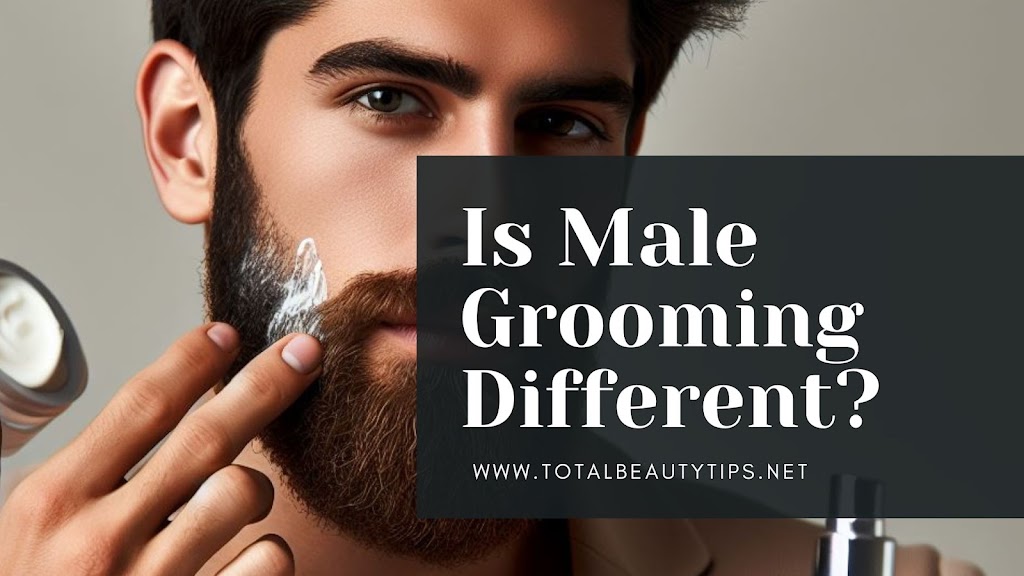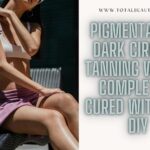Now, it is normal for men to take care of their appearance, whereas earlier this was not the case. But now men are more willing to make bold choices in grooming themselves and looking good. Hair is still a big concern, but now they are also concerned about skin laxity, aging and pigmentation. Companies making skin care products are noticing this and creating special products for men. So, what makes men’s and women’s cosmetics different? And do they need to separate? Let’s start by understanding the structure of the skin:
Skin is made up of layers and is similar in both men and women. However, there are differences in how male and female skin functions. Men and women have different hormone metabolism, hair growth patterns, sweat rates, sebum production, surface pH levels, and fat accumulation. Male skin tends to be about 20% thicker than female skin and contains a higher percentage of elastin and collagen. Women have a thicker layer of subcutaneous fat, but men have more collagen and lose collagen at a slower rate as they age compared to women.
Read More – How to Get Fair Skin?
Men typically sweat more, produce more sebum, and are prone to conditions like alopecia (hair loss) and acne. This increased sweating creates a breeding ground for bacteria, leading to body odor, which is why male cosmetic products often have stronger fragrances. Men also have more and thicker body hair, providing more surface area for bacteria to thrive, hence the demand for antibacterial soaps among men. Because of these variations, there’s a plethora of gender-specific cosmetic products tailored to address these concerns, aiming to provide maximum benefits when used for their intended purpose. The cosmetic products most in demand by men include:
– Moisturizers: to combat dry skin caused by regular shaving.
– Beard oils and conditioners: to soften both the beard hair and the skin beneath it.
– Aftershave lotions: to soothe and smooth the skin after shaving.
– Sunscreen lotions/creams: for protection against tanning and pigmentation.
– Skin lightening/fairness creams.
– Anti-aging creams: to reduce the appearance of fine lines, crow’s feet, and smile lines.
How are they special for men?
Fragrance:
For men, fragrance in products like lotions and body creams is crucial due to stronger body odor compared to women. While women often prefer flowery or sweet scents, men lean towards stronger fragrances to combat body odor effectively.
Packaging:
Men’s cosmetic packaging typically features a stronger, geometric design compared to the softer, more colorful packaging often seen with female products. This contrast extends to the choice of colors, images, graphics, and shapes.
Purchase Habits:
Women tend to make purchasing decisions based on emotions, while men prioritize functionality and technical aspects. Men seek products that deliver tangible results, whereas women may be drawn to products that evoke certain emotions or feelings.
Ingredients:
Men gravitate towards products that are lightweight, quickly absorbed, easy to apply, and have a subtle fragrance, with a focus on visible results. While the types of ingredients used are similar to those in female products, they are often modified to suit men’s preferences. For example, alcohol content might be higher to provide a cooling sensation, which may not be necessary for women. Men prefer creams and serums that absorb rapidly, opting for a light texture, while women may prefer thicker, richer lotions for a velvety finish. Despite similarities in ingredients, the composition and formulation are tailored to meet the specific needs and preferences of each gender.
Requirements:
Cosmetic products differ based on specific needs. For example, men require aftershave lotions to maintain smooth skin and beard conditioners to soften facial hair. Additionally, skin functionality plays a role, as men have a weaker epidermal barrier compared to women due to factors like testosterone. Research indicates that testosterone can adversely affect the integrity of the epidermal barrier. Consequently, skincare products for men must be designed to support skin repair and protect the epidermal barrier, ensuring its integrity and functionality.
Gendered cosmetic products abound in the market, yet fundamentally, both male and female cosmetics aim to cleanse, moisturize, protect from the sun, or reduce wrinkles. The primary differences lie in their aesthetic appeal rather than their core function. While one could interchange products, it’s crucial to ensure they fulfill your specific needs and are compatible with your skin type. Ultimately, the effectiveness and suitability of a product should dictate its use, rather than its gender-specific marketing.
Using a moisturizer with a high concentration of ingredients should be approached with caution, as it may have different effects based on skin type. For instance, a heavy moisturizer might benefit a woman with dry skin but could lead to acne for a man with naturally oilier skin. Stick to a product that suits your skin’s needs rather than switching unnecessarily. Choose your products wisely and consistently to achieve optimal results. If unsure, seek guidance from a dermatologist who can provide tailored recommendations. Remember, your skin reflects your care, so pamper it wisely and effectively for a radiant complexion.


